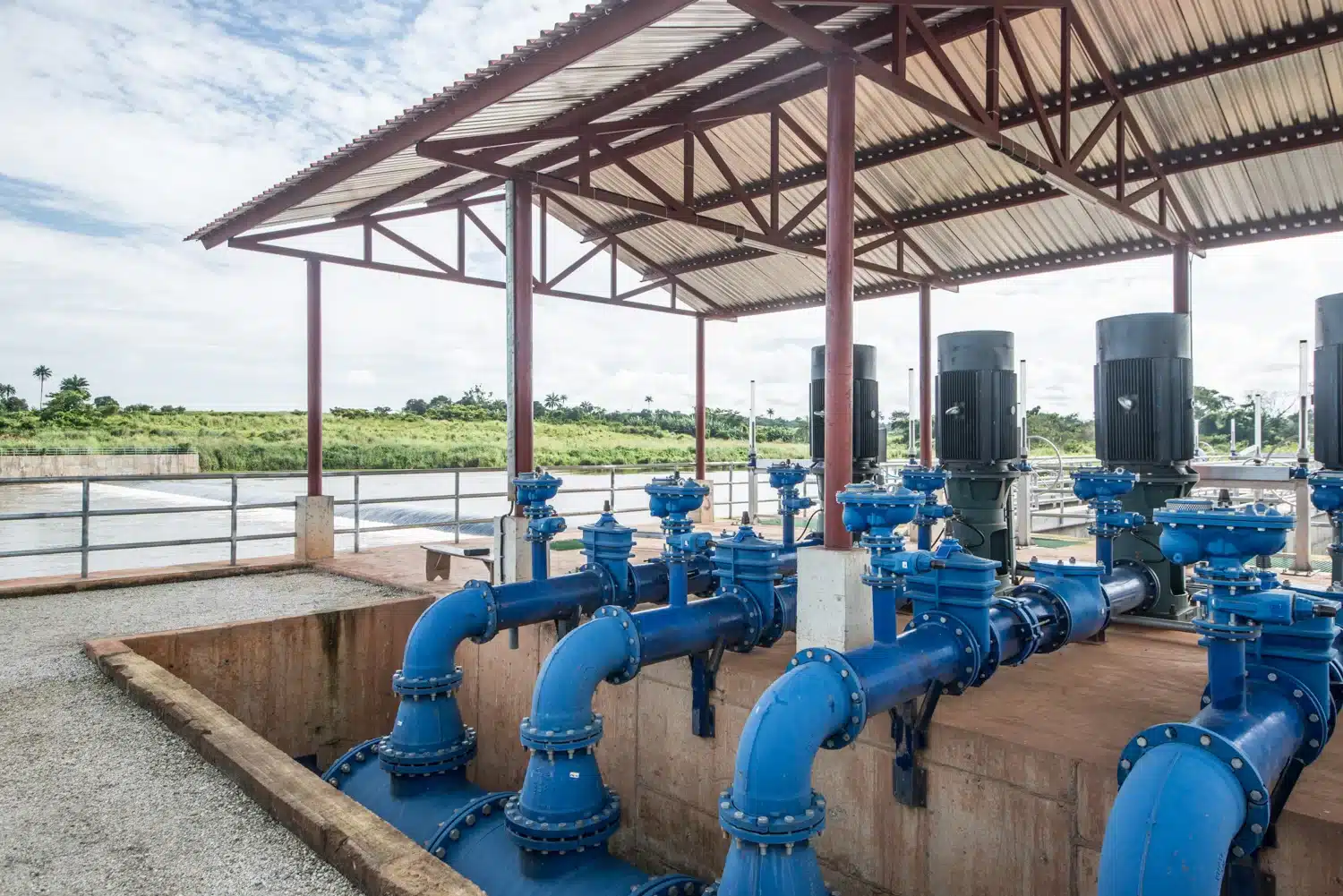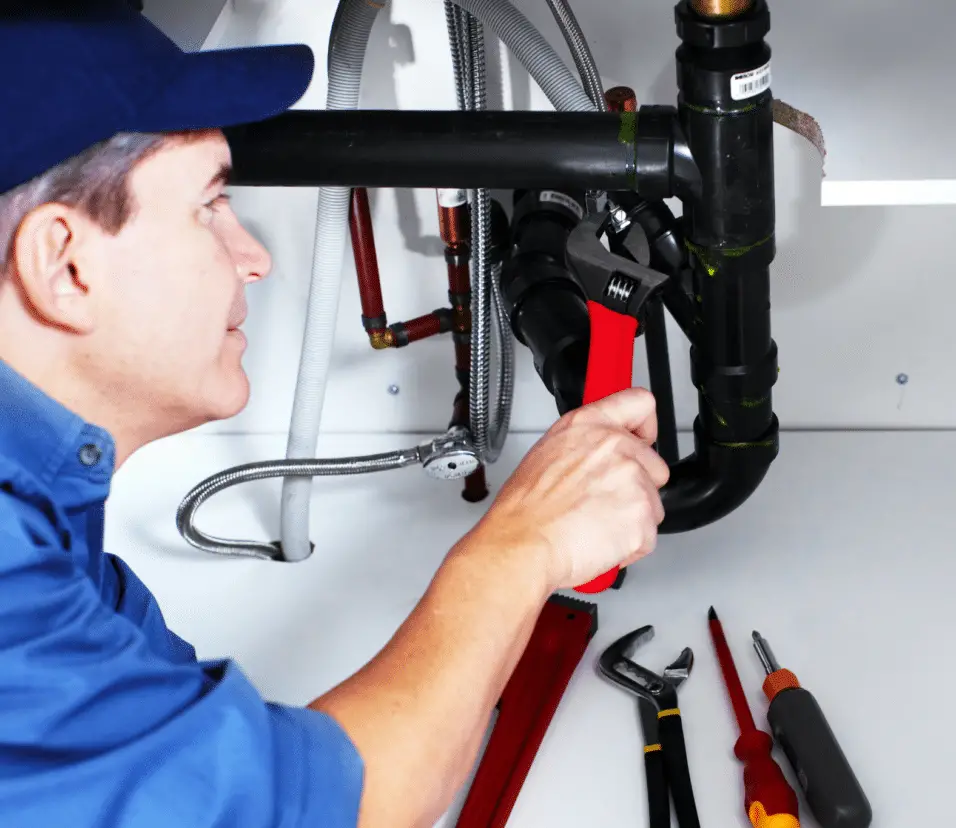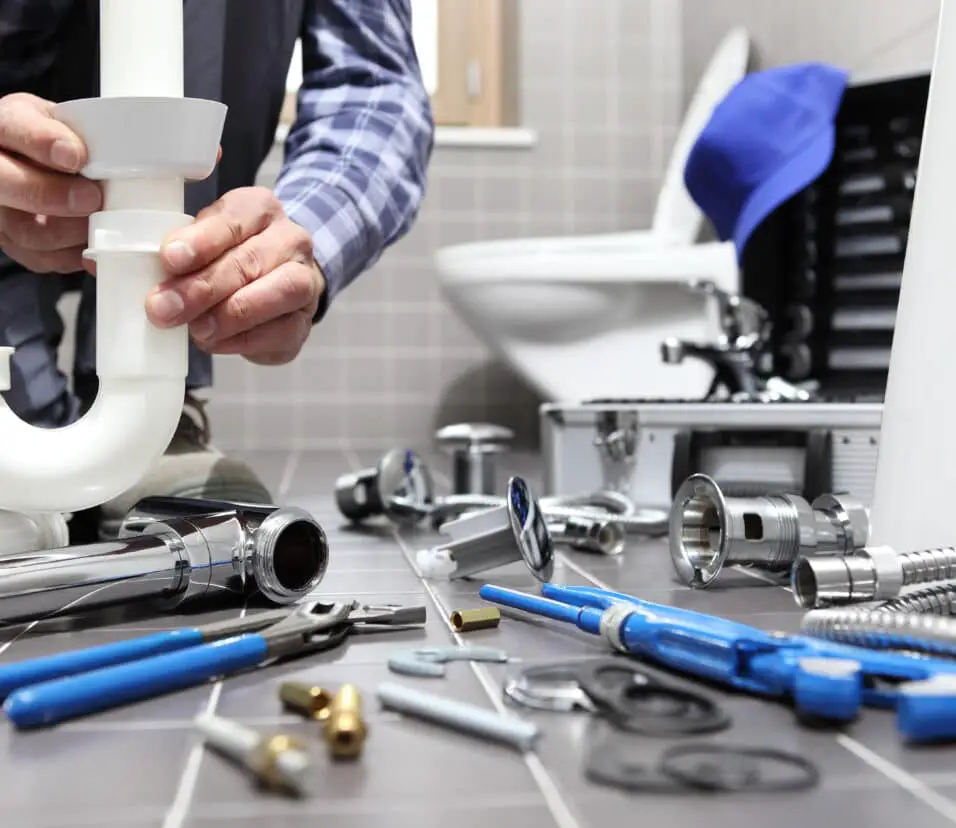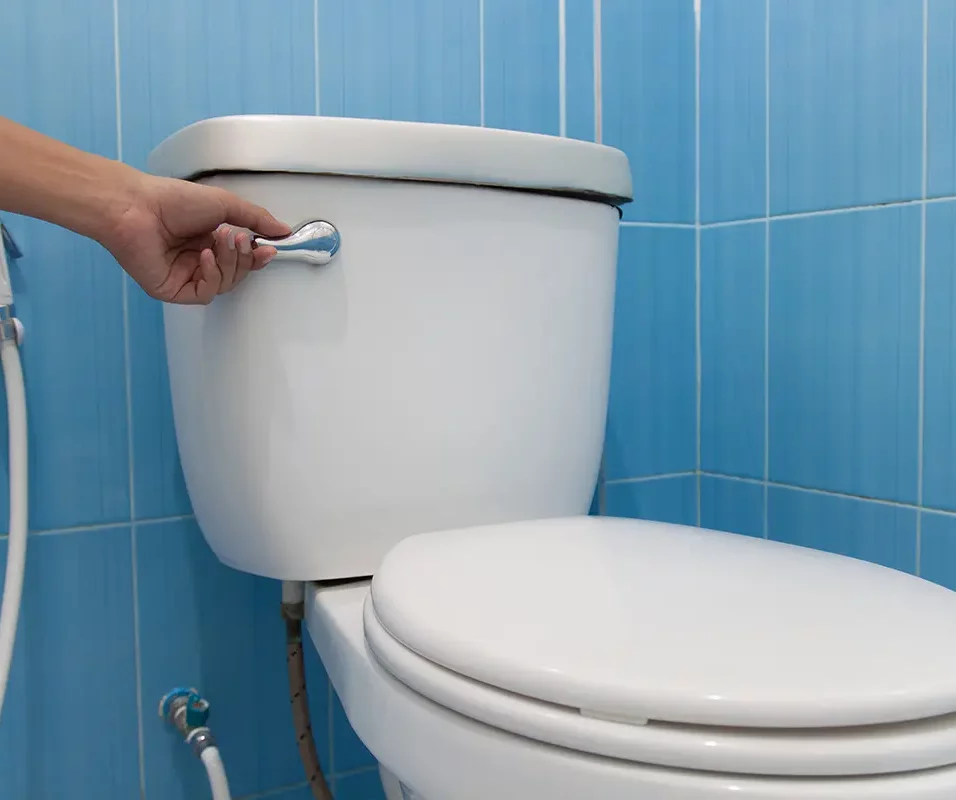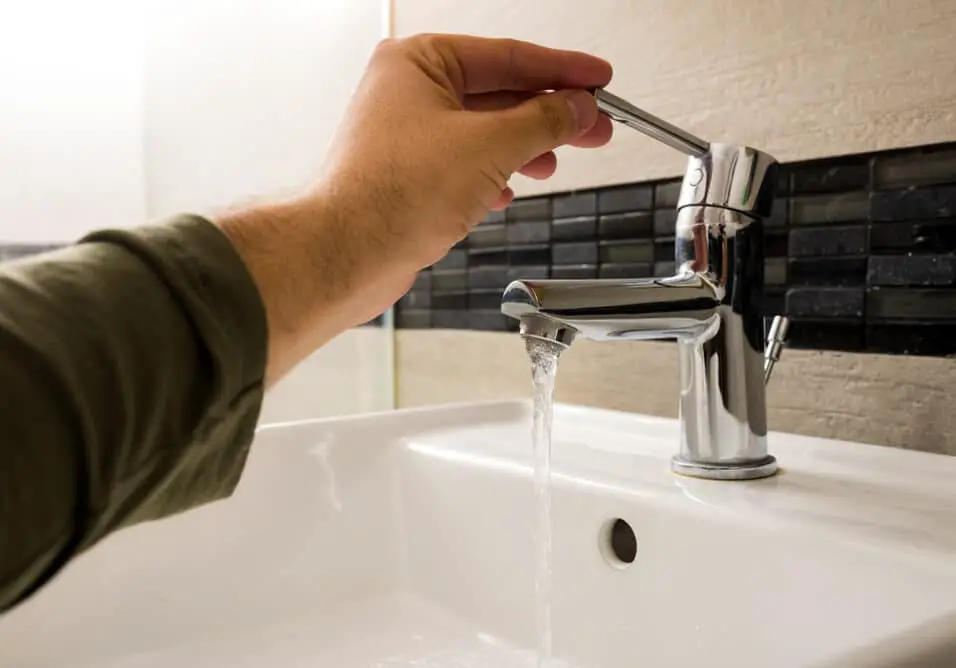What Size Water Supply Line For 300 Ft
Introduction
What Size Water Supply Line For 300 Ft: One of the primary factors to consider is the required flow rate for your specific application. Flow rate refers to the amount of water that needs to be delivered over the given distance. Different applications, such as residential, commercial, or industrial, have varying flow rate requirements. Determining the required flow rate will help you choose a water supply line that can accommodate the necessary volume of water without compromising on pressure.
The material of the water supply line plays a crucial role in determining its size. Common materials for water supply pipes include copper, PVC (Polyvinyl Chloride), PEX (Cross-linked Polyethylene), and HDPE (High-Density Polyethylene). Each material has different characteristics, including pressure resistance and flow capacity. Choosing the right material that suits your specific needs is essential for ensuring the longevity and efficiency of the water supply system.
Changes in elevation along the 300-foot distance can significantly impact water pressure. When water flows uphill, it encounters additional resistance, leading to reduced pressure. Conversely, water flowing downhill may increase pressure.
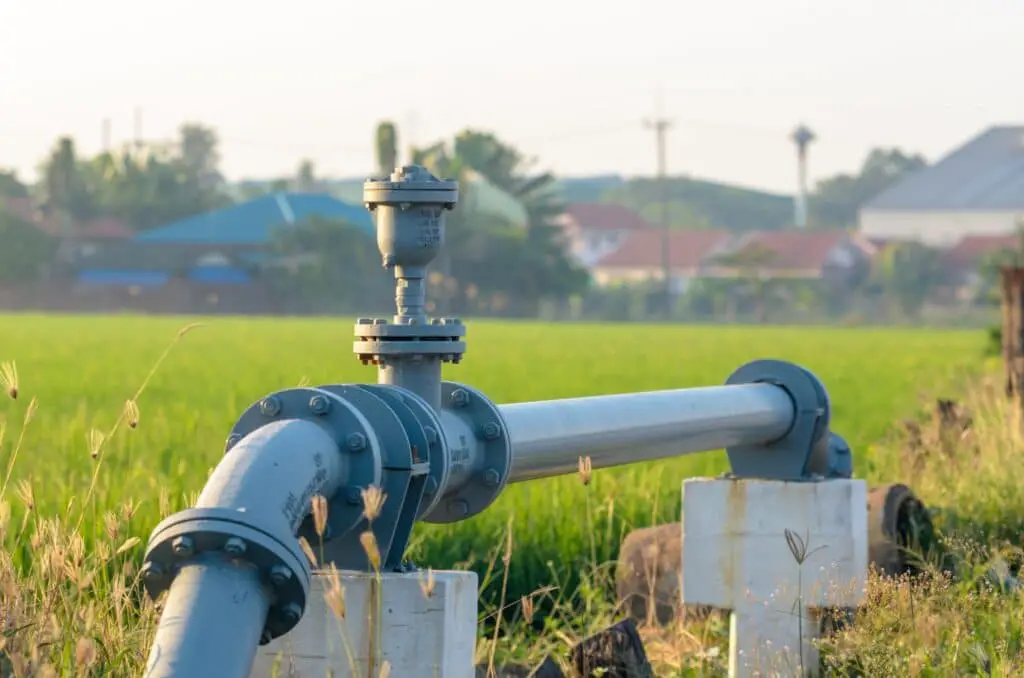
What is the standard water line size?
For larger commercial and industrial applications, water line sizes tend to be more substantial, commonly ranging from 1 inch to several inches in diameter. These larger pipes can handle higher flow rates and water demands typically associated with large-scale facilities.
When it comes to pipe materials, several options are available, each with its benefits and limitations. Common materials include copper, PVC (Polyvinyl Chloride), PEX (Cross-linked Polyethylene), and HDPE (High-Density Polyethylene).
It is essential to adhere to local building codes and regulations when determining the standard water line size for a particular project. These codes often specify minimum pipe size requirements based on factors such as flow rate, occupancy, and building type. Complying with these regulations ensures the safety and reliability of the water supply system.
The standard water line size varies depending on the application and the specific needs of the water supply system. For residential properties, 3/4-inch and 1-inch diameter pipes are commonly used, while larger commercial and industrial applications may require pipes with diameters ranging from 1 inch to several inches.
What is the best pipe for home water supply?
Copper pipes remain popular among plumbers and homeowners alike because they are corrosion-resistant and best suited to protect the quality of the water. Copper pipes are able to handle high water pressure and are tolerant of both hot and cold water temperatures.
PEX pipes are gaining popularity due to their flexibility and ease of installation. They can be bent and shaped without the need for elbow joints, reducing the number of fittings and potential leak points. PEX pipes are also resistant to corrosion and can handle both hot and cold water supply.However, PEX pipes labeled as “NSF-PW” or “NSF-61” are certified safe for drinking water use.
PVC pipes are affordable, lightweight, and easy to install. They are resistant to corrosion and chemicals, making them suitable for a variety of applications, including water supply. PVC pipes are most commonly used for cold water lines in residential settings. PVC pipes are not suitable for hot water supply due to their lower heat resistance. Additionally, they can become brittle over time, especially in colder climates.
CPVC pipes are an upgraded version of PVC, offering higher heat resistance and suitability for both hot and cold water supply. They are also relatively affordable and easy to install. CPVC pipes may not be as durable as copper pipes and can be affected by exposure to certain chemicals. However, they are still a viable option for residential water supply systems.
Does water line size matter?
The pipe must be large enough to stand the water flow from the other side. Nonetheless, too much pressure can cause significant tightness on pipes. Larger lines can carry more water, but they will cause more stress. Still, smaller tubes can reach the same pressure faster.
The water line size directly affects the flow rate of water through the pipes. A larger diameter pipe allows for a higher flow rate, delivering more water in a given amount of time. This is particularly important in applications where there is a high demand for water, such as simultaneous use of multiple fixtures in a household or in commercial and industrial settings. Conversely, smaller diameter pipes can limit the flow rate, leading to reduced water pressure and potentially causing inconvenience, particularly during peak usage times.
Water flowing through pipes encounters friction against the interior surface of the pipe. Smaller pipes have a greater surface area relative to the volume of water they carry, resulting in higher friction loss. This can lead to a drop in water pressure and flow rate as water travels through the system. Larger diameter pipes experience less friction loss, allowing for a more efficient water supply with less pressure drop.
In cases where the water supply line involves elevation changes, such as pipes running uphill or downhill, the pipe size becomes even more critical. When water travels uphill, it encounters additional resistance, potentially leading to decreased water pressure. Larger pipes can help mitigate this effect by maintaining higher pressure levels.
Does size of pipe affect water pressure?
According to Bernoulli’s principle, as the velocity of a fluid (such as water) increases, the pressure decreases, and vice versa. When water flows through a pipe with higher velocity (e.g., in a smaller pipe), the pressure within the pipe decreases. This phenomenon is known as dynamic pressure. On the other hand, in a larger pipe with lower water velocity, the dynamic pressure is lower, resulting in higher pressure within the pipe.
Water flowing through pipes encounters friction against the interior surface of the pipe. Smaller pipes have a greater surface area relative to the volume of water they carry, leading to higher friction loss. This friction causes a drop in water pressure along the length of the pipe. In contrast, larger pipes have less surface area relative to the water volume, resulting in lower friction loss and, therefore, less pressure drop.
The size of the pipe also affects water pressure when there are elevation changes in the system. When water travels uphill, it encounters additional resistance, leading to decreased water pressure. Larger pipes can help mitigate this effect by maintaining higher pressure levels. Conversely, when water flows downhill, it may increase pressure, which could be regulated with appropriately sized pipes.
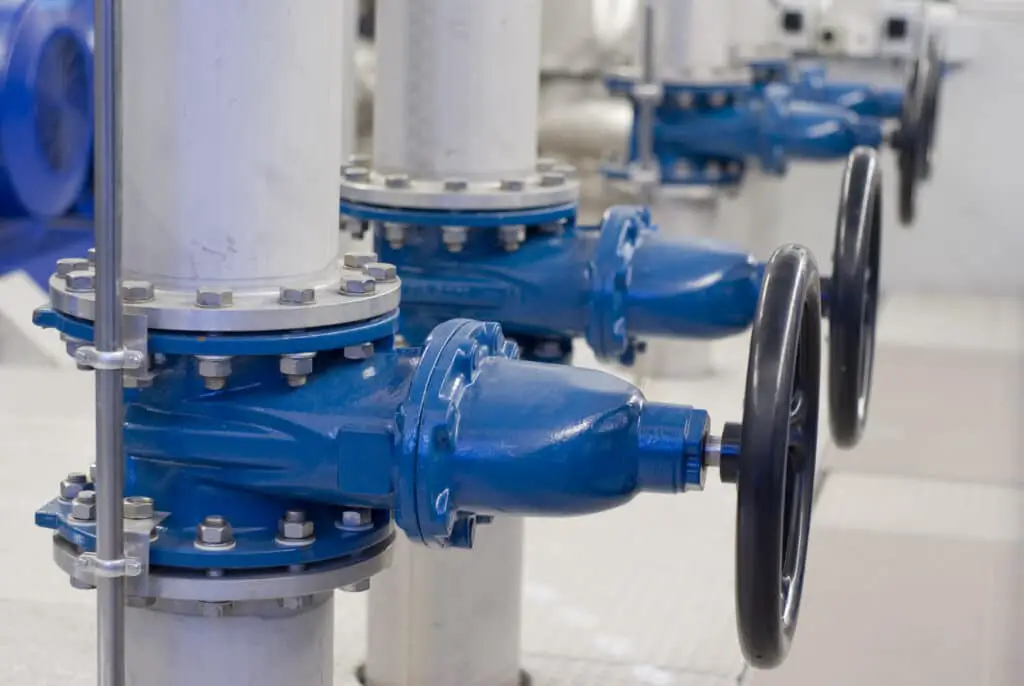
How much water flows through 2 inch line?
2-inch pipe: 850 gallons per minute. 3-inch pipe: 1,900 gallons per minute. 4-inch pipe: 3,400 gallons per minute.
A 2-inch water line could theoretically flow at approximately 513.5 gallons per minute. However, it’s important to note that real-world factors, such as friction loss, fittings, and other obstructions, can affect the actual flow rate in a water line.
A 2-inch water line depends on several factors, including the water pressure, the length of the pipe, and any restrictions or fittings in the line. To calculate the flow rate, we need to consider the velocity of the water in the pipe, which is determined by the flow rate and the cross-sectional area of the pipe.
The water line is supplying water at a constant pressure and there are no restrictions in the line. The most common way to determine the flow rate in such a scenario is to use the Hazen-Williams equation, which is widely used for calculating water flow in pipes.
What size water supply line do I need?
For most single-family houses, a 1” water service line is more than large enough to provide the necessary amount of water. Sometimes, older homes will have smaller water lines. These kinds of homes can benefit greatly from going up a single size of water line. Even a two-family home can survive on a 1” water line.
The flow rate refers to the amount of water required at any given time to meet the demands of your household or facility. Consider the number of people living in your home or the number of occupants in a commercial building. Determine the simultaneous water usage, such as running multiple showers or faucets at once. This data will help calculate the total water flow required.
Different pipe materials, such as copper, PVC, PEX, or CPVC, have varying pressure ratings and flow capacities. The selected material should be able to handle the expected water flow without causing pressure drops or flow restrictions.
As water flows through the pipe, it encounters friction against the interior surface, leading to pressure loss. Longer pipe runs and smaller diameter pipes result in higher friction losses. Choosing the appropriate pipe size will help minimize friction loss and maintain adequate water pressure.
The length of the pipe from the water source to the furthest fixture affects the pressure and flow rate. Longer distances and multiple bends may require a larger pipe size to compensate for potential pressure drops.
Any elevation changes along the pipe run, such as uphill or downhill sections, can impact water pressure. Proper sizing takes into account these elevation changes to ensure consistent water pressure throughout the system.
What is the standard water line size?
Generally speaking, the main pipeline from the street to your home is either ¾ or 1 inch in diameter.
The most prevalent standard water line sizes for residential properties are typically 3/4-inch and 1-inch diameter pipes. In some cases, 1/2-inch pipes may be used for smaller fixtures like individual faucets. The choice between these sizes depends on factors such as the flow rate required for the household, the number of fixtures, and the local building codes.
For larger commercial and industrial applications, water line sizes tend to be more substantial, commonly ranging from 1 inch to several inches in diameter. These larger pipes can handle higher flow rates and water demands typically associated with large-scale facilities.
When it comes to pipe materials, several options are available, each with its benefits and limitations. Common materials include copper, PVC (Polyvinyl Chloride), PEX (Cross-linked Polyethylene), and HDPE (High-Density Polyethylene).
How do you measure water line size?
The String Method
Remove any insulation from the pipe. Using a piece of string about 6” long (or a cloth tape measure), wrap the string around the pipe once and measure to the nearest 1/8 of an inch… Once you have found the circumference, use the chart below to find your pipe or tube size.
The most straightforward method is to physically measure the outside diameter of the pipe. This can be done using a measuring tape or a caliper. Ensure that you measure the widest point of the pipe to get an accurate reading. However, this method is suitable for pipes that are easily accessible and visible.
Another method is to determine the nominal pipe size (NPS) or the nominal inside diameter of the pipe. This is the industry-standard sizing system used for pipes, where the size is expressed as a whole number (e.g., 1 inch, 2 inches, 3 inches, etc.) and corresponds to the inside diameter of the pipe. However, it’s essential to note that the NPS does not always match the actual outside diameter of the pipe.
Many pipes have markings or labels indicating their size and other relevant information. Reading and interpreting these markings can help identify the size of the water line.
In some cases, the size of the water line may be documented in the building plans or plumbing system schematics. These blueprints can provide valuable information about the size and layout of the water supply lines within a property.
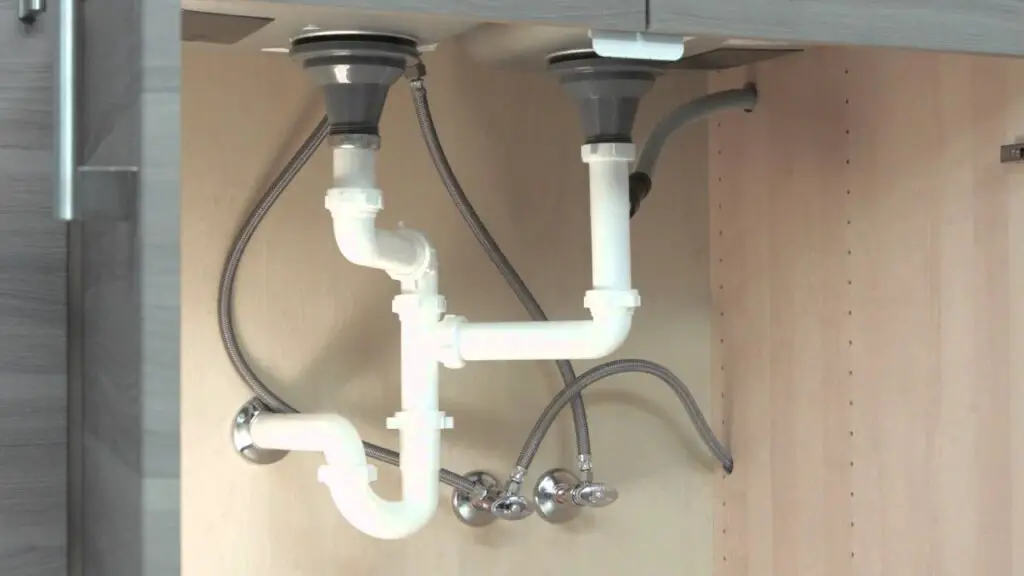
Conclusion
Ensuring an efficient and reliable water distribution system begins with understanding the specific needs of the application. Whether it is for residential, commercial, or industrial purposes, identifying the required flow rate and water demand is essential in selecting the optimal pipe size. Moreover, the choice of pipe material should align with the system’s pressure requirements and environmental considerations.
Factors such as elevation changes and friction loss must be carefully evaluated to ensure consistent water pressure throughout the entire 300-foot distance. Compliance with local building codes and regulations is vital to guarantee the safety and reliability of the water supply plumbing pipe system. Engaging the expertise of qualified engineers or professional plumbers can be immensely beneficial in designing and implementing a well-calculated water supply solution.
The water supply line for a 300-foot distance, a comprehensive approach that considers all relevant factors is necessary. By doing so, you can achieve an optimally functioning water distribution network, delivering adequate water flow and pressure to meet the demands of your specific project.



